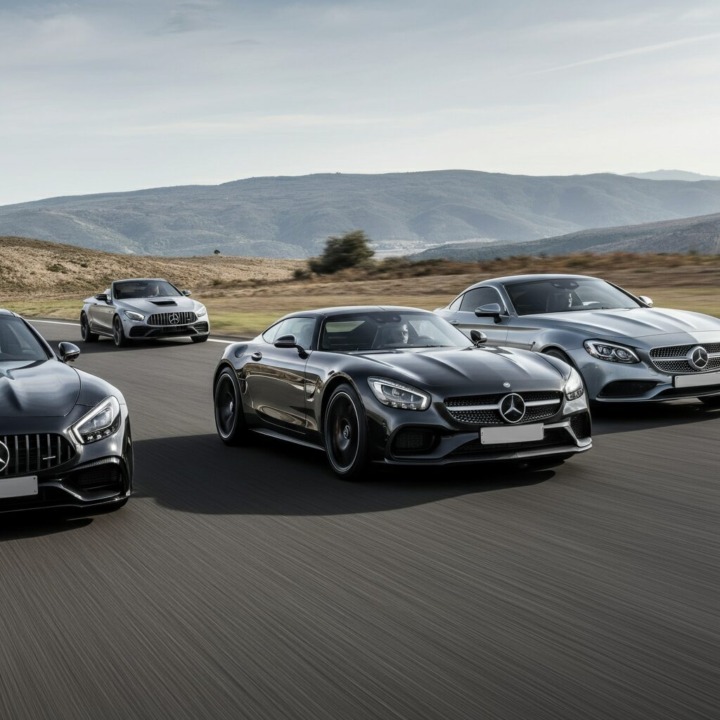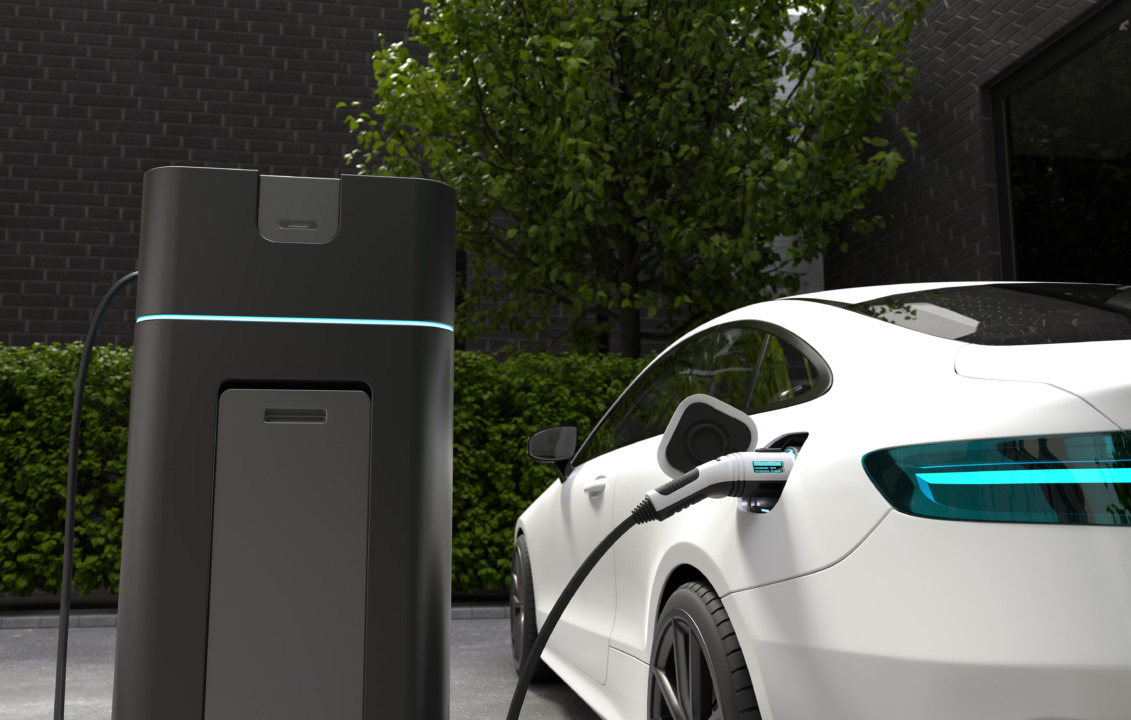What defines a true automotive masterpiece? The debate of classic car vs. modern car luxury samples raises intriguing questions. Is it the classic car’s historical significance, or is it the technological prowess of modern luxury vehicles? This exploration will uncover the key differences between these two categories, helping you determine which type resonates more with your driving experience.
What Defines a Classic Car
Classic cars are typically vehicles over 20 years old that possess historical significance, distinctive styling, and timeless engineering. These cars often evoke a sense of nostalgia with their vintage designs and raw driving experiences. Iconic models like the Mercedes-Benz 280 CE or the Porsche 996 stand out as perfect examples of classic automobiles that still turn heads today.
In general, a classic car carries significant cultural and automotive importance, often making it a sought-after collector’s item. Unlike modern luxury cars, classic vehicles don’t have cutting-edge electronics but compensate with their simplicity and mechanical charm. The classic car vs. modern car debate emphasizes this unique allure.
What Defines a Modern Luxury Car
On the other hand, modern luxury cars represent the pinnacle of contemporary automotive engineering, offering superior comfort, safety, and cutting-edge technology. Cars like the BMW X5 or the Mercedes-Benz EQS 53 come with features such as adaptive cruise control, autonomous driving capabilities, and the latest infotainment systems.
Modern luxury cars are designed for drivers seeking efficiency, innovation, and high-end luxury in every aspect, from aesthetic appeal to performance. The difference between old cars and modern cars lies not just in design but also in the advanced technological components that define today’s luxury vehicles. This is a crucial point in the classic car vs. modern car discussion.
Design and Aesthetics: Vintage Style vs. Modern Sleekness
The difference in design between classic and modern cars is immediately visible. Classic cars, such as the Mercedes-Benz 300 TD or the BMW 740, boast timeless designs that reflect the golden age of automotive craftsmanship. These cars are instantly recognizable with their chrome accents, wide fenders, and nostalgic body shapes.
Conversely, modern luxury cars like the Audi RS6 or Lamborghini Aventador prioritize aerodynamic efficiency, sleek body lines, and minimalist elegance. The choice between classic car vs. modern car often boils down to whether you value the artistic heritage or cutting-edge innovation in car design.
Performance: Power and Technology
When evaluating performance, the distinctions between classic and the latest luxury cars become apparent. Classic cars emphasize raw power and a straightforward driving experience, while their modern counterparts integrate advanced technology to elevate performance. Understanding these differences, including the fundamental difference between old cars and modern cars, is essential for enthusiasts who have to choose between the two, as each offers a unique driving experience tailored to diverse preferences.
Classic Car Performance
In classic cars, raw power often takes precedence over technological enhancements. Vehicles like the Dodge RAM and the Toyota Land Cruiser showcase robust engines but may lack the refined features found in contemporary models. However, these cars deliver a visceral driving experience characterized by simplicity and mechanical engagement. The classic car vs. modern car performance debate is highlighted by this contrast with the newest technologies.
Modern Luxury Cars Performance
Modern luxury vehicles seamlessly combine horsepower with cutting-edge technology. Models such as the Mercedes-Benz S 63 AMG and the Porsche Panamera 4 not only achieve remarkable performance but also incorporate features like advanced traction control and turbocharged engines. In the discussion of classic car vs. modern car, modern options provide smoother, more efficient, and technologically sophisticated performance.
Safety: How Far We’ve Come
The evolution of automotive safety is a remarkable journey, particularly when comparing classic and modern luxury cars. In earlier decades, safety features were minimal, with designers focusing primarily on aesthetics and performance. As a result, classic vehicles often lack many of the protections we take for granted today. This stark contrast between classic car vs. modern car highlights how far the industry has come and underscores the importance of safety in contemporary vehicle design.
Safety in Classic Cars
Safety was not always the priority in the design of classic cars. Early models like the Mercedes-Benz 300 TE were engineered without many of today’s essential safety features, such as airbags or anti-lock brakes. These cars relied on basic seatbelt mechanisms, making them significantly less safe than modern vehicles. This aspect is vital in the classic car vs. modern car conversation, as the oldest vehicles could not provide the maximum safety.
Modern Safety Features
Today’s luxury cars are designed with safety at the forefront. Modern vehicles such as the BMW X7 or Lexus LX 500 come equipped with advanced safety features like automatic emergency braking, adaptive headlights, and lane-keeping assistance. The difference between old cars and modern cars is stark when it comes to safety advancements, making modern cars far superior in protecting passengers.
Driving Experience: Raw Emotion vs. Smooth Precision
The driving experience is one of the most significant aspects distinguishing classic cars from modern luxury vehicles. For many enthusiasts, the choice between these two categories often comes down to personal preference—whether one values the raw, visceral connection of driving a classic or the refined precision and comfort offered by modern designs. Each offers a distinct experience that caters to different driving styles and desires.
Driving a Classic Car
Driving a classic car is an experience that connects you directly with the road. The raw mechanics of vehicles like the Ford Raptor and Land Rover Range Rover offer an unfiltered driving sensation. The absence of electronic driving aids means you’re in full control, feeling every gear shift and every turn, offering a purist’s driving experience. This raw connection exemplifies the classic car vs. modern car dynamic.
Driving a Modern Luxury Car
On the other hand, driving a modern luxury car feels more like an orchestration of technology. Cars like the Bentley Bentayga or the Ferrari Roma provide precision handling, advanced suspension systems, and smooth acceleration. With modern luxury vehicles, the emphasis is on comfort, performance, and ease of driving, often equipped with semi-autonomous features that simplify long journeys. This difference further highlights the classic car vs. modern car distinction.
Maintenance: Keeping Classic and Modern Cars in Top Shape
Proper maintenance is essential for both classic and modern luxury cars, but the approaches differ significantly between the two. Classic car maintenance often involves unique challenges due to age and the scarcity of parts, while modern vehicles typically offer more straightforward servicing options. Understanding these differences, particularly the difference between old cars and modern cars, can help prospective owners prepare for the commitment required to keep their vehicles in optimal condition.
Maintenance of Classic Cars
Maintaining classic cars can be both rewarding and challenging. Due to their age, finding parts for cars like the Mercedes-Benz G 63 AMG or Porsche 996 can be difficult, and it often requires specialized mechanics. However, many owners cherish the opportunity to restore and maintain these vehicles, viewing it as part of the charm.
Maintenance of Modern Luxury Cars
In contrast, modern luxury cars benefit from extensive dealer networks and the availability of parts. Cars such as the Mercedes-Benz S 680 or Lexus LM often come with comprehensive service packages, making maintenance easier. However, advanced technology means repairs can be more expensive, as they often involve complex electrical systems.
Key Maintenance Differences Between Classic and Modern Luxury Cars
- It might be easier for modern cars to find the needed parts available but challenging for classics.
- Classic car parts can be cheaper but are often rare, while modern car parts are typically pricier due to advanced technology.
- Classic cars require specialized, traditional mechanics; modern luxury cars need certified technicians familiar with advanced systems.
- Classic cars may need more frequent upkeep due to wear and tear, while modern cars benefit from longer service intervals.
- Classic car owners often engage in restoration projects, which can be time-consuming; modern cars usually require straightforward repairs or replacements.
The Value and Investment: Collecting Classics vs. Modern Luxury Cars
Classic cars often increase in value over time, becoming collectibles. Models like the Mercedes-Benz 280 CE or the BMW 520 D are known to appreciate in value if well-maintained. On the other hand, modern luxury cars tend to depreciate quickly, though some limited-edition models may retain their value. The classic car vs. modern car investment discussion is an important consideration for potential buyers.
The Environmental Impact: Vintage vs. Modern Efficiency
One of the starkest contrasts between classic and modern cars is their environmental impact. Classic cars tend to have outdated engines that are far less fuel-efficient and produce higher emissions. This can be attributed to older technologies that prioritize performance over efficiency. In contrast, modern luxury cars, such as the Mercedes-Benz EQS 53, often feature hybrid or fully electric powertrains, drastically reducing emissions and fuel consumption. This significant difference in environmental impact illustrates the ongoing debate of classic car vs. modern car, reflecting changes in consumer preferences and demonstrating the automotive industry’s commitment to sustainability.
Environmental Differences Between Classic and Modern Luxury Cars
- Classic cars usually have high fuel consumption, higher emissions, and a lack of modern environmental regulations.
- Modern luxury cars offer hybrid and electric options, advanced fuel efficiency, and eco-friendly materials.
- Classic cars often fall outside current emissions regulations, while modern cars must meet stringent environmental standards.
- Modern vehicles frequently utilize cutting-edge technologies that enhance efficiency, such as regenerative braking and energy management systems.
Conclusion: Which Car Type Suits You Best
Choosing between a classic car vs. modern car depends on your lifestyle, preferences, and driving expectations. If you love the nostalgia of raw mechanics and minimalistic design and don’t mind the upkeep, a classic might be the better fit. However, if you prioritize cutting-edge technology, comfort, and safety, modern luxury cars will likely be more appealing.
Ultimately, the decision is about what you value most in your driving experience. Whether you find joy in the timeless charm of classic vehicles or the sophisticated advancements of modern designs, both options offer unique benefits that can enhance your journey. Explore your choices, weigh the pros and cons, and discover which type of vehicle resonates with you.


